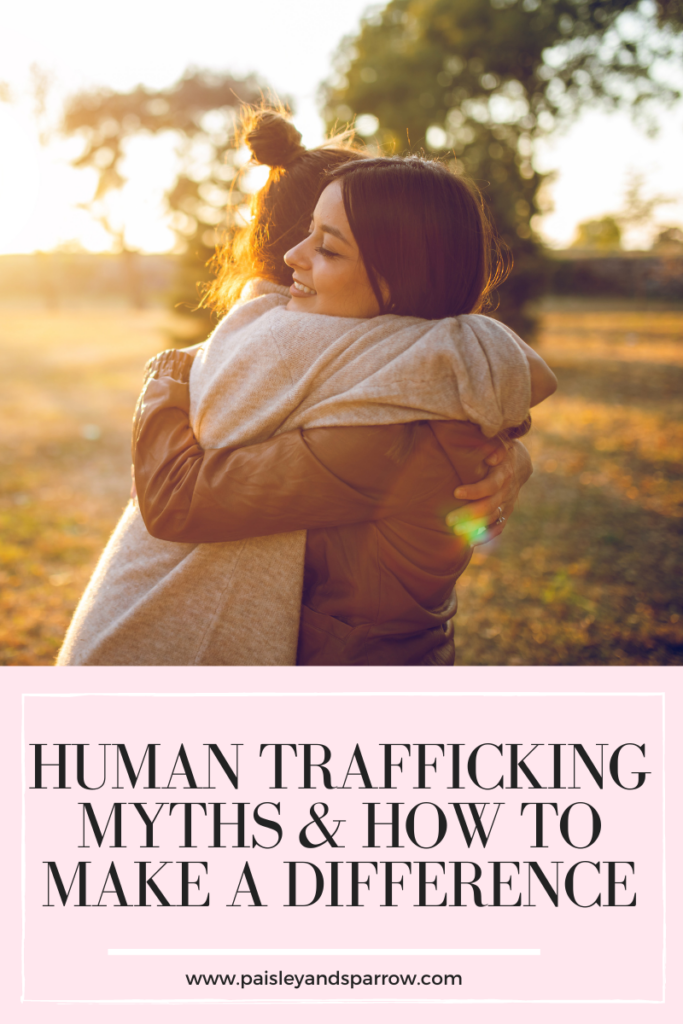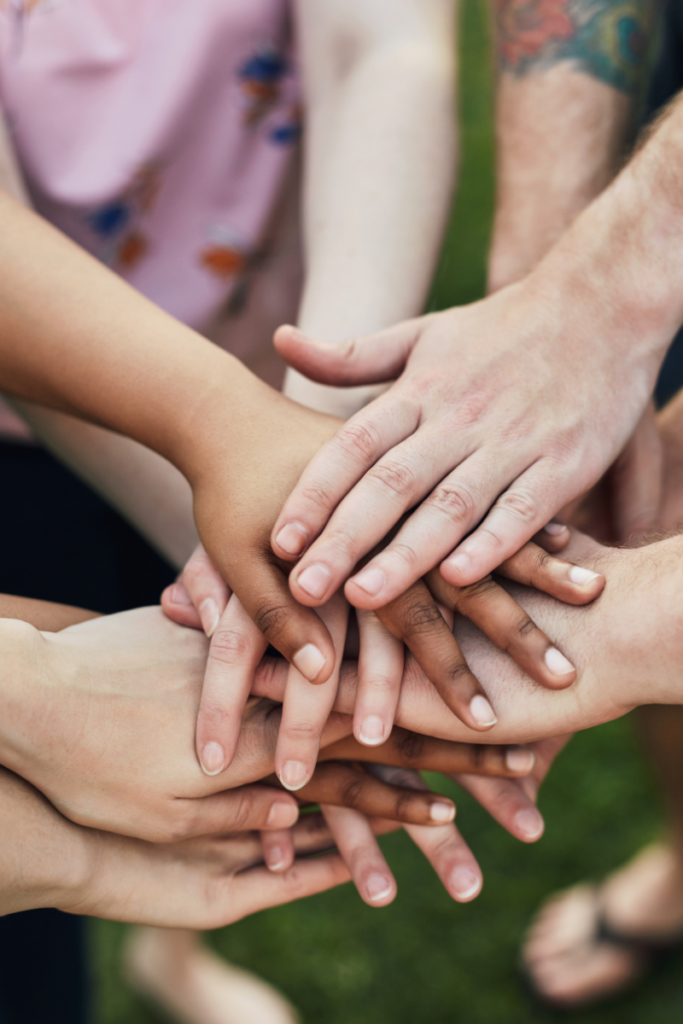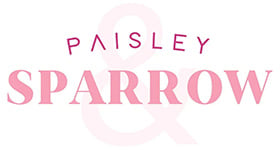This post is sponsored by Polaris.
Today, I want to share something a bit different than the normal content you see here but something that’s super important – human trafficking.
There’s a good chance you have many ideas of what human trafficking is and what it looks like. There’s a good chance your ideas are not actually right.
I want to share a bit about my experience with victims of human trafficking, what to know about it, and ways you can help.

My Experience
When I was in my 20s, I had the opportunity to spend a month in Thailand working with victims of human trafficking. Although we know this isn’t only a problem in developing countries, this is where the bulk of my experience was.
The work was twofold. Our first step was to build relationships with bar workers, many of which were victims of trafficking. This was done by simply visiting the same person each day and talking with them. We would try to get to know them – where they were from, if they had family, etc.
Through these conversations, it would usually become clear if someone was working at these bars not out of choice. Many of these women all worked together, lived together, and did everything together. They had no family, no support system.
Since manipulation and fear of not having basic necessities were two major factors that kept victims in trafficking situations, it was important to help victims know they could get help through organizations like Polaris or the one I worked with in Thailand to give them resources, counseling, etc.
The second step was counseling, vocational training, and more to support victims of trafficking when they were out of their situation. This was all done by professionals – counselors, teachers, and individuals familiar with Thailand. Counseling and training were especially important for these women to heal from the trauma and also gain the skills they needed to start over.
Two things stuck out to me during this time. First, I was surprised that many of these victims didn’t look like I had thought victims of trafficking looked like. They were chatty and smiling and incredibly nice as opposed to sad or scared. Many of these women were just like me and how I was at the time!
The other is that it took months of counseling, vocational training, and more before these individuals were ready to go back out on their own. It was important to help them heal emotionally and mentally as well as give them the proper skills to work and support themselves.
What is Human Trafficking?
U.S. law defines human trafficking as the use of force, fraud, or coercion to compel a person into commercial sex acts or labor against their will. In some cases, traffickers trick, defraud or physically force victims into selling sex. In others, victims are lied to, assaulted, threatened or manipulated into working under inhumane, illegal or otherwise unacceptable conditions.
Human Trafficking Myths
There are quite a few myths about human trafficking, some of which I believed myself! Here are some of them:
1. Human trafficking is always or is usually a violent crime.
On the contrary, human trafficking is usually achieved through tricking, defrauding, and manipulation. It’s less common that someone is kidnapped or physically forced into a situation.
2. All human trafficking involves sex.
While sex trafficking is something that I’m sure you’ve heard of and are more aware of, most experts believe that there are more situations of labor trafficking than sex trafficking.
3. Traffickers target victims they don’t know.
Unfortunately, victims can be trafficked by spouses, romantic partners, and even parents.
4. Only undocumented foreign nationals get trafficked in the United States.
Victims of trafficking are both undocumented foreign nationals as well as people legally living and/or working in the United States.
5. People being trafficked are physically unable to leave their situations/locked in/held against their will.
Sometimes people in trafficking situations are physically unable to leave their situation, but usually victims stay for reasons that are much more complicated. Sometimes they’re afraid of what could happen if they left, sometimes they don’t have basic necessities to physically get out, and others are just so manipulated that they don’t fully realize they’re under the control of another person.
About Polaris
Polaris is an organization that fights human trafficking and assists victims and survivors through a variety of resources and strategies.
They operate the U.S. National Human Trafficking Hotline where survivors of human trafficking can get support and help 24/7. This can be done through phone as well as text, webchat, email, and web form.
The information gathered from this hotline is used to create a data set on human trafficking in North America. They use this data to find patterns and other details that help them in creating programs, policy decisions, and long-term strategies.
They also share all of this data with others in research, academia, and the anti-trafficking movement so others can help in ending human trafficking.
They work directly with survivors to have a better impact on the progress of fighting human trafficking.
3 Ways to Make a Difference

1. Become Educated
One of the most important things is to become educated about human trafficking. Visit sites such as Polaris to learn about what human trafficking is and what it isn’t. This will help you identify trafficking if you see it.
They have tons of really great information such as how both sex trafficking and labor trafficking begin and who the traffickers are and who are more likely to be victims. They even have a free course “Human Trafficking 101” to help you learn what human trafficking really is, how it happens and how you can be part of the solution.
They also share tons of different rumors about human trafficking (such as white vans are a sign of trafficking) and share the reality of that rumor. It’s really helpful to be able to share the truth behind these rumors!
2. Help Raise Awareness
Because human trafficking is often done by those you know, raising awareness is important.
Sharing videos and graphics such as the one you can find on the Polaris social media accounts can help raise awareness of what human trafficking looks like.
There are tons of myths about what human trafficking is and isn’t and what it does and does not look like. Help others understand these differences so they’re able to fully understand how human trafficking happens.
Be sure to only share information from trusted sources, such as Polaris.
3. Get Involved
Finally, support or volunteer with local organizations that work with trafficking survivors or are working to address some of the issues that make people vulnerable to trafficking in the first place (homelessness, food insecurity, etc.).
Donating money to organizations like Polaris is a great way to help experts and organizations support victims of trafficking and aid in the fight against human trafficking.
Be sure to head on over to Polaris to learn even more!

